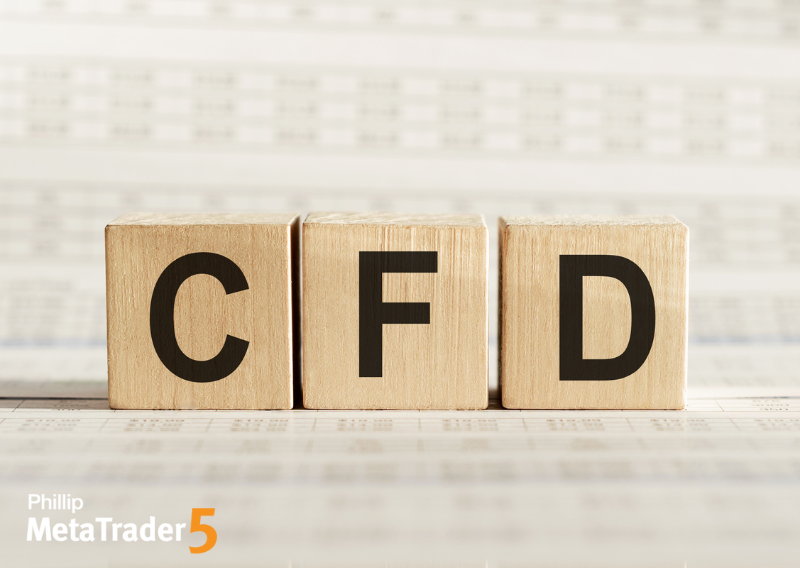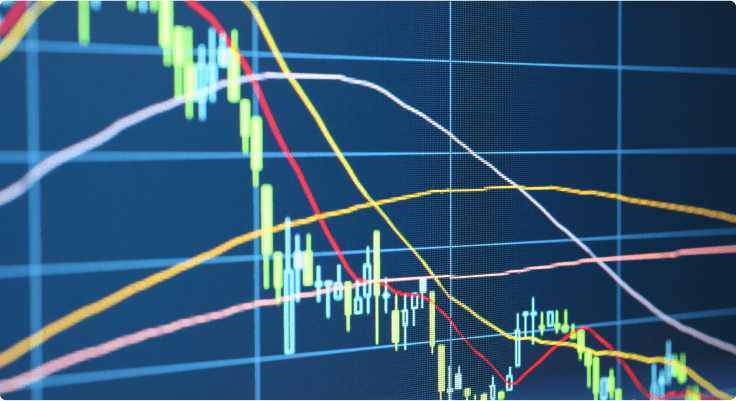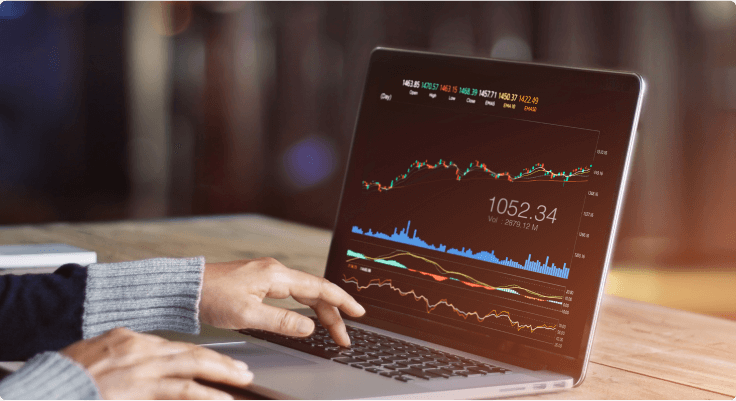CFD trading, or Contract for Difference trading, allows traders to speculate on the price movements of various assets without owning the underlying asset. For those wondering what is CFD trading, it involves trading on popular assets such as indices CFDs, shares CFDs, and commodities CFDs. The benefits of CFD trading include the ability to go long or short on trades, a lower barrier to entry compared to traditional trading, and cost savings as it was offered at zero commission by Phillip MetaTrader 5.

This guide will explore the risks associated with CFD trading, strategies for beginners, and tips on ensuring safety in the world of CFDs. By the end, you’ll have the knowledge to approach CFD trading confidently and responsibly.
What Are CFD Trading Risks?
CFD trading offers significant opportunities but also comes with its fair share of risks. Here are the primary risks involved:
- Market Risk The value of a CFD depends on the price of the underlying asset. Rapid market fluctuations can lead to sudden losses if the price moves against your position. For example, unexpected geopolitical events or economic announcements can cause sharp price movements, impacting your trade.
- Leverage Risk Leverage allows you to control larger positions with a smaller initial investment. While this amplifies potential gains, it also magnifies losses. For instance, a 10% adverse price movement in a leveraged position can lead to a 100% loss of your initial margin.
- Liquidity Risk Certain assets may lack sufficient market activity, making it difficult to exit positions at your desired price. This can result in slippage, where trades are executed at a less favorable price.
- Counterparty Risk CFD trading is typically conducted over-the-counter (OTC). This means your broker acts as the counterparty to your trades. Trading with an unregulated or unreliable broker can expose you to risks of insolvency or unethical practices.
How to Manage and Mitigate CFD Trading Risks:
- Always use stop-loss orders to limit potential losses.
- Avoid over-leveraging; use leverage judiciously.
- Trade with regulated brokers like Phillip Nova to ensure the safety of your funds.
- Diversify your trades to spread risk across multiple assets.
- Never risk more than 1-2% of your trading account on a single trade.
- Only enter trades with at least a 2:1 risk-reward ratio to ensure potential profits outweigh risks.
Is CFD Trading Safe?
Safety in CFD trading largely depends on the trader’s approach and the broker’s reliability. Here are some tips to ensure a safe trading experience:
- Choose a Regulated Broker Trading with a regulated broker like Phillip Nova, overseen by the Monetary Authority of Singapore (MAS), ensures your funds are protected and trading practices are transparent.
- Use Stop-Loss Orders Stop-loss orders automatically close your trade if the price moves against you beyond a specified limit, preventing excessive losses.
- Avoid Unrealistic Promises Be wary of brokers or platforms guaranteeing profits or offering unrealistic returns. These are often red flags for scams.
- Stay Informed Educate yourself on the assets you trade, and stay updated on market news to make informed decisions.
CFD Trading Strategies for Beginners
Starting your CFD trading journey can feel overwhelming. Here are some beginner-friendly strategies to help you build confidence:
- Practice with a Demo Account Before trading with real money, use a demo account with a CFD account in Singapore to familiarise yourself with the platform and test your strategies in a risk-free environment.
- Focus on Risk Management
- Limit leverage to reduce the risk of significant losses.
- Set realistic profit targets and stop-loss levels.
- Never risk more than 1-2% of your trading account on a single trade.
- Ensure a minimum 2:1 risk-reward ratio for all trades.
- Start Small Begin with smaller trades to gain experience and gradually increase your trade size as you become more confident.
- Backtest Your Strategies Use historical data to test your trading strategies and understand their potential performance under different market conditions.
- Diversify Your Portfolio Don’t put all your capital into one asset. Spread your investments across different asset classes to reduce overall risk.
Additional CFD Tips for Success:
- Maintain a trading journal to track your trades and learn from past experiences.
- Stay disciplined and avoid emotional trading decisions.
- A CFD trading strategy example could be implementing a trend-following approach, where you buy CFDs when the market is in an uptrend and sell when it’s in a downtrend. This strategy can help you capture larger price movements while maintaining a structured risk management plan.
Conclusion
CFD trading can be a rewarding venture when approached with the right knowledge and strategies. Understanding the risks involved and implementing effective risk management practices are crucial for long-term success. Additionally, choosing a reliable broker like Phillip Nova ensures a safe and supportive trading environment.
To support our traders, Phillip Nova regularly organises free educational seminars, covering various aspects of trading to enhance your knowledge and skills. Coupled with a dedicated support team, we aim to provide a comprehensive and supportive trading experience.
Start your CFD trading journey with confidence. Register for Phillip Nova’s free demo MT5 account to practice and build your skills before trading with real money. Take the first step towards mastering CFD trading today.














